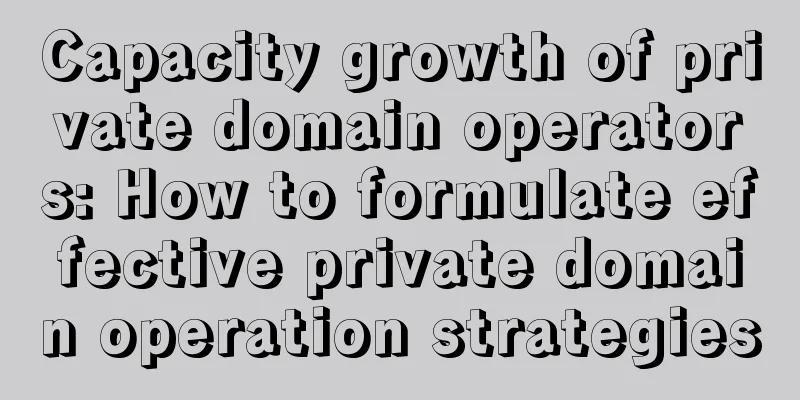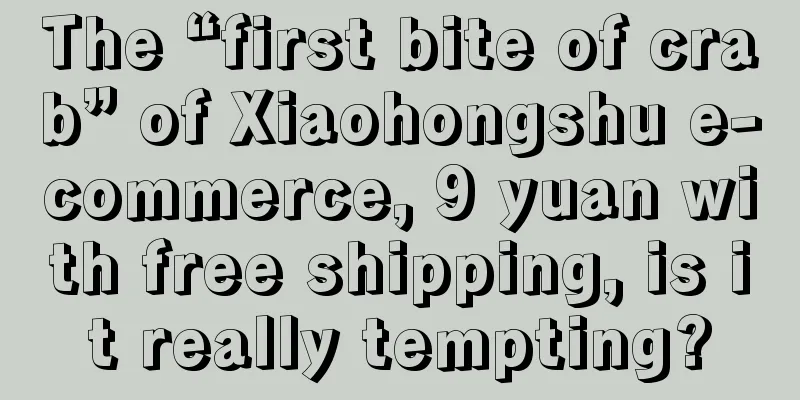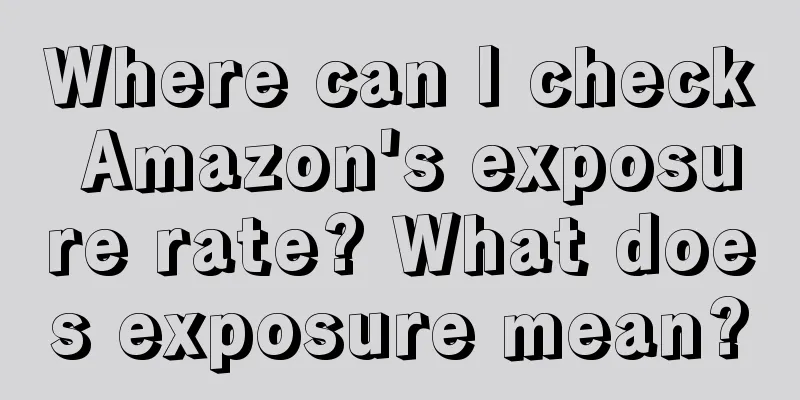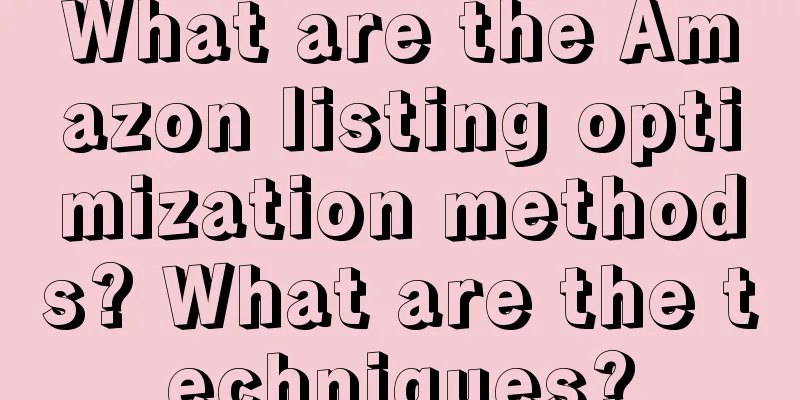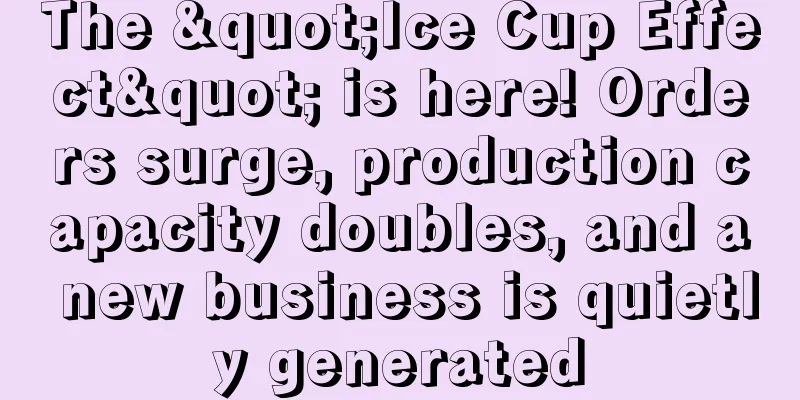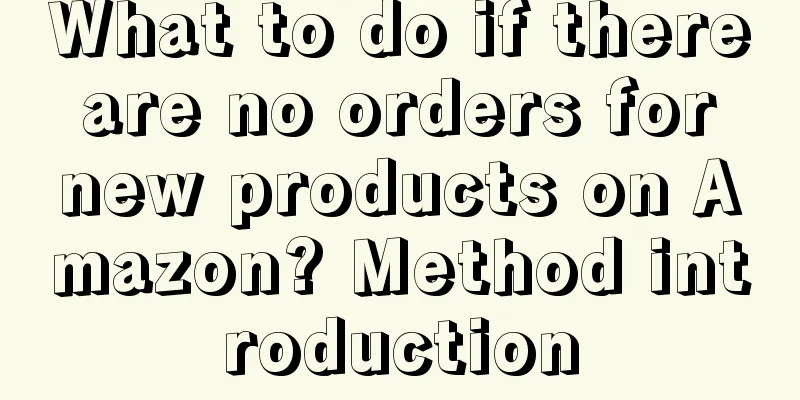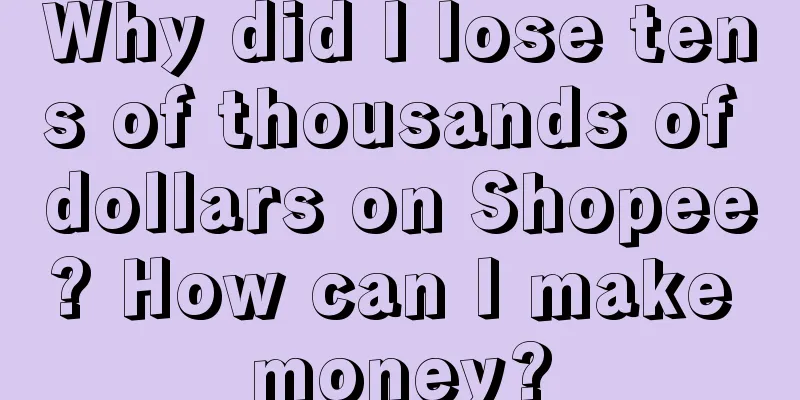The key to brand marketing——fast thinking

What is the core issue of brand marketing? Brand communication? Sales promotion? Increasing repeat purchases? Gaining user loyalty? These answers are all correct, but how to do good brand marketing and achieve real results? To answer this question, we need to go back to the underlying discipline of branding - psychology . In his book Thinking, Fast and Slow, Nobel Prize winner Professor Daniel Kahneman divides human thinking into two systems, which can thoroughly explain the psychological mechanism behind brands: System 1 operates unconsciously and quickly, does not require much brainpower, has no feelings, and is completely under autonomous control. It can be called fast thinking; System 2 shifts attention to brain activities that require brainpower, such as complex calculations. It can be called slow thinking. Let's take a scenario that often happens in daily life as an example: In the morning, you come to a breakfast shop. When you see the food, it may only take you a few seconds to decide what to eat for breakfast. For example, when you see the tempting fried dough sticks and fresh soy milk, you decide immediately. You are unlikely to think rationally: the body needs balanced nutrition. I use a precise formula to calculate how many grams of protein, how many grams of sodium, and how many liters of water are needed for today's breakfast, and then decide what to eat for breakfast. The former is the fast thinking of System 1, and the latter is the slow thinking of System 2. From this example, we can see that most of the decisions in our lives are made by fast thinking. The core purpose of brand marketing is to guide consumers' fast thinking through scientific methods, so that they tend to and buy your brand in a short period of time. Simply put, it allows consumers to choose your products and brands "without thinking". Many times we choose some products and brands without knowing why, and let consumers' decision-making behavior follow the program set by the brand to drive automatically. 1. Application of fast thinking in marketing1. Application of fast thinking in intuitive marketing:When shopping, we often have a feeling that we are getting a bargain by buying a certain product. This feeling comes from the packaging, size, appearance and other modifiers of the product, which is also a psychological illusion deliberately created by the brand. For example, puffed food: when we go shopping in the supermarket, we may often be attracted by those huge, bulging potato chips. They are huge in size and give us a sense of fullness and satisfaction when we hold them in our hands. It gives us an illusion that this bag of potato chips must be "rich in content" and we can't finish it in a day. But when you open the package, you find that after the air is exhausted, there are only a few chips left. But we are also used to this way of buying. Starbucks cup type: Why does Starbucks only have medium, large, and extra large cups, but no small cups? This has been complained about many times by Luo Yonghao, but Luo Yonghao obviously doesn't understand the intuitive marketing here. For the same 32 yuan, you buy a large cup instead of a medium cup. The intuitive feelings given by a large cup and a medium cup, and a medium cup and a small cup are completely different. Luo Yonghao's failure in starting a business is also related to his "axis". He doesn't believe in the operating mechanism of human psychology, so it is difficult for him to achieve great success in business. (Of course, there is also a possibility that he is trying to establish a persona. He knows the wonderful use of this mechanism, but in order to establish a persona, he deliberately made a video to mock Starbucks). 2. Fast thinking creates limited shopping space and time: The sense of urgency makes consumers consume faster.In different time and space, people often make different decisions. Wide space and ample time often allow people to calmly make the best decisions, while limited space and tight time will prompt people to make decisions in a hurry. Many marketing campaigns are designed to get people to make decisions in a hurry. Every supermarket will put some products at the checkout counter, and often some discounted products. When you check out, the cashier will tell you that you can exchange your consumption for a few more dollars to buy the products on the checkout counter. At this time, you are trapped in limited space and time. Space: the cashier counter is not large, and you can neither move forward nor backward before checking out; Time: you have to decide whether to take the discount in a short time. If the decision-making time is too long, the customers in the queue behind you will become impatient. In this case, your instinct is to seize this bargain quickly, so you make a quick decision: buy! When real estate is launched, there will be a small mechanism designed to give customers a very limited time to choose a house. Customers must choose a house type within the specified time. Otherwise, if you don’t choose it well, you will "welcome" customers to the candidate area to choose slowly. At this time, customers are afraid that the house they like has been bought by someone else, so they will speed up their decision-making, which will promote the rapid transaction of large investments such as real estate. Therefore, real estate sales will be opened multiple times to "squeeze out" an atmosphere of quick transactions. The recent series of market intervention policies issued by the state are worth discussing. Once the market rules and principles are violated, business is unlikely to be hot and entrepreneurs are unlikely to be particularly confident. Use quick thinking to design a discount that is hard to refuse: Most consumers cannot resist the temptation of discounts. Walter Mischel and his students put 4-year-olds in a cruel dilemma: They could choose between a small reward (an Oreo cookie) that was always available, or a larger reward (two cookies) that would be available after 15 minutes of waiting in a testing environment. Some children successfully withstood the 15-minute test because they were able to divert their attention from the tempting rewards. Shopping festivals such as China's Double 11 and 618, as well as the United States' Black Friday, tempt consumers with discounts, allowing many consumers to buy, buy, and buy, and finally "buy" sky-high transaction amounts. 3. Pricing and discount strategies utilizing fast thinking mechanisms: the promoting effect of reference objects.The anchoring effect is that when a person does not know the value of a product, he or she will usually find a related or most easily available (closest) commodity value as a reference, thereby influencing their own judgment. This reference is like an anchor in the heart. When a single commodity appears in front of you, it is difficult for you to judge its true price. In the traditional retail era, many consumers are often cheated because of this. Once the product has a corresponding reference or price, you will think whether the price is reasonable. If a product is sold for 120, you don’t know whether it is really worth 120, but if the price tag shows that its original price is 240, you will view it at 240, thinking that you have bought the product at a 50% discount. When people judge value and make decisions, they are all relative. We are born to like comparison, and this "comparison" has a great influence on our decision-making. Using comparison is another most primitive instinct awakened by human beings. It is extremely powerful, omnipresent, and irresistible. A good reference can help consumers quickly understand the core features of a product and assess its value. This is the use of the reference effect. Nanfu previously launched a mini power bank, which is smaller, lighter and easier to carry than previous power banks. But how can we highlight this selling point? The most common method is to directly list the size of the mini power bank, such as 9.2cm long * 2.3cm, and then add a bunch of adjectives to describe how small it is. The consumer has no idea at all and does not know how mini it is. 2. The application of fast thinking in our daily brand marketing1. First, the brand name: A catchy brand name is extremely important: catchy words evoke positive attitudes in people.If a company has a catchy name, its stock will often perform better than other companies in the first week of its stock issuance, although this effect will gradually disappear over time. Autohome and Bitauto are two major automotive vertical websites in China, and both are listed in the United States, but Autohome’s name is much easier to understand, while Bitauto’s name is confusing. Bitauto has done a lot of advertising to improve its recognition among users, but these advertisements may not be as effective as Autohome’s company name. Although the two companies have different sizes, the stock market trend shows something: Autohome's market value is much higher than Bitauto's. When we were naming our brands, we paid great attention to the importance of naming, which is a call to consumers. 2. The second is brand image: a brand image that gives people a sense of intimacy and familiarity. Todorov once found that people usually combine the two factors of strength and credibility to evaluate a person's ability.A resolute square chin and a confident smile can tell us that this person is very capable. A brand image that gives people a sense of intimacy, familiarity or some kind of suggestion is very important because consumers will judge the brand based on their first impression of the brand. For example, Michelin's tire man, Disney's Mickey Mouse, and Tmall's cat head are all positive cases. In recent years, Internet companies often like to use pets such as cats and dogs when formulating their brand image. The reason is that cats and dogs are close companions of humans, and they are also the most familiar and friendly animals to humans, and the image they give to consumers is also the same. 3. Vivid marketing images are more valuable than abstract numbersHumans are emotional animals, and vivid images are often more impactful than numbers. When companies are doing marketing, a bunch of cold numbers often fail to achieve the expected results. If a chain coffee shop says that it sells 700,000 cups of coffee a day, most consumers still have no idea of this number. If it gives a picture of consumers queuing up in a coffee shop, people will intuitively feel the magic of this coffee. 4. Position your own users: connect users with scenarios. Many companies want to connect their users with certain elements or scenarios when advertising.If The Economist's print ads show that the middle class is reading the magazine in airports, cafes, and white-collar offices, then the implication is that my consumers are all educated, high-income, middle class or above. Apple's Airpods have often appeared on the ears of various celebrities in the past two years, and you will establish a connection: celebrities in the fashion and sports circles will hang two Airpods on their ears. Associating your users with certain elements (such as scenes, environments, temperament, etc.) to form a unique attraction will make consumers become your users unconsciously. 5. Strengthen the value of existing product users: create a sense of scarcity of the product.What kind of commodity is the most scarce? In my opinion, it is the concert of the most influential star. If a person spends 1,000 yuan to buy a ticket for Jay Chou's concert, but cannot go due to some reasons, he wants to sell the ticket. Generally speaking, he wants to sell it for at least 2,000 yuan. Because if he does not go, he will feel that his pain is very high, and he needs at least twice the income to make up for it. For brands, if they can strengthen the value of the products that their users have already obtained, they will gain multiple appeal to users. A scarce product can often create this kind of value. The production of Moutai is always limited, and people who buy Moutai of a certain year will never sell it at the original price. Similarly, the same style of clothing designed by a designer can also create such value. The quick thinking mechanism is a mechanism that must be fully utilized to carry out good brand marketing. Author: Liu Yichun Source: WeChat public account "Liu Yichun's Brand Business Innovation (ID: shangyeyiguohui)" |
>>: One single product, sales of 2.3 million units
Recommend
How to list adult products on Amazon? What are the procedures?
If you are doing cross-border e-commerce on Amazon...
If you want to increase monetization through IP, you must first know what personal brand IP is?
Want to improve your monetization through IP? Befo...
How important is the role of reviews in online shopping?
Reading reviews when shopping online is an importa...
Does Amazon Europe need VAT for self-delivery? Under what circumstances do I need to register for VAT?
If you want to open a store on Amazon Europe, you ...
3.14 million followers in 3 days, overwhelming traffic hits "grassroots internet celebrity" Guo Youcai
Recently, Guo Youcai has become popular in Heze, S...
What certification does Amazon adult products need? What products are eligible for CE certification?
Now more and more merchants are opening stores on ...
Will Amazon stop selling products if they are out of stock? What should I do to prepare?
Doing a good job in store operation is what every ...
How to appeal Amazon account association? What are the steps?
Many people on the Amazon platform did not pay att...
Seizing the social and emotional needs of young people, offline catering breaks through the scene
As consumers' demands are constantly changing,...
The full hosting model is sweeping cross-border e-commerce. Can the first batch of TikTok Shops make money?
As major cross-border e-commerce platforms have su...
Is there any charge for the Amazon Logistics New Product Warehouse Promotion Program? What are the conditions for joining?
As one of the world's largest e-commerce platf...
How to add a carousel to an independent website? Is it easy to build an independent website?
In today's Internet age, an excellent website ...
The UP host with 1.9 million followers, is he really going to "flee to the ends of the earth" this time?
From the peak of honor to the trough of being bann...
How to apply for Shopee parent-child account? What are the requirements?
In the process of operating a Shopee store, it is ...
Quit your job and experience 100 different jobs, "Chi Zao" wants to live well
In the current economic downturn, many college stu...
